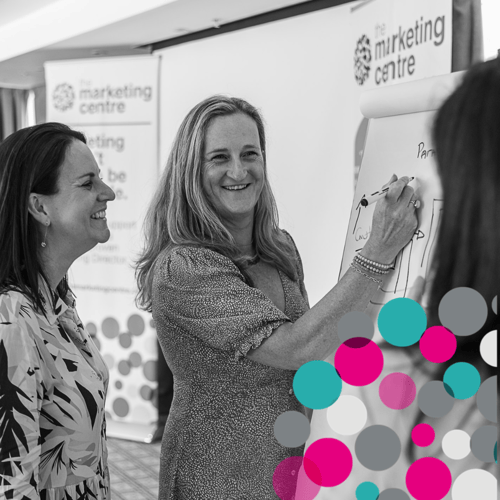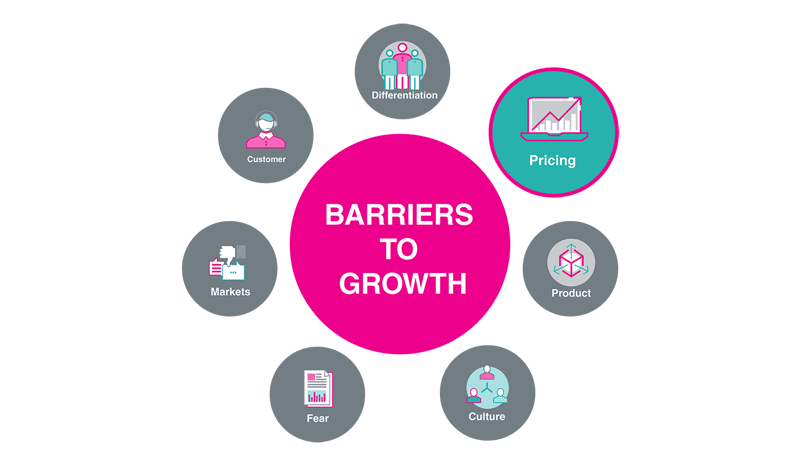Every business wants more leads—but few get the quality or volume they really need. The truth? More activity doesn’t mean better results. Success comes from getting the fundamentals right.
We sat down with our Marketing Director, Stuart Hopwood, to unpack the core principles that drive effective B2B lead generation—no hacks, no gimmicks, just proven foundations that work.
1.Start with strategy
“Before thinking about lead generation, there are a few steps that are absolutely critical,” says Stuart. “If you don’t get these right, what you do next won't be nearly as effective as it could be.”
Everything starts with your customer:
- Who are you targeting?
- What do they care about?
- How will you reach them?
Then define your value proposition and ensure it aligns with their goals and pain points. The outcome should be a clear view of your audience, three to five core messages, and some compelling differentiators that everyone is aligned on.
Without this clarity, your lead generation will lack focus, impact, and the ability to convert.
2. Set clear targets upfront
It’s easy to fall into the trap of “the more leads the better.” But volume without quality is wasted effort.
Set clear, measurable KPIs—agreed by senior management—that cover both lead quantity and lead quality. Make sure your team is focused on generating leads that are likely to convert, not just fill up a spreadsheet.
Quality leads = better close rates = better ROI.
3.Balance lead gen with awareness
Not everything that matters is easy to measure. Brand awareness isn’t always tied to immediate results, but it has a huge influence on long-term success. People are more likely to engage with—and buy from—brands they’ve heard of.
If you want maximum ROI from your lead gen:
- Balance short-term tactics (ads, email, outreach)
- With long-term brand building (content, thought leadership, PR)
Well-known brands enjoy higher trust, better margins, and less price sensitivity.
4. Choose the Right Channel Mix
Great marketing is rarely single-channel. You need a combination of channels that support the full customer journey—from awareness to decision to repeat purchase.
- LinkedIn posts build top-of-funnel awareness
- Case studies and webinars move prospects mid-funnel
- Email and retargeting help close
Also consider your sales volume and cycle:
- Need 100 leads a month? Think broader (SEO, paid social)
- Need 5 key accounts per year? Try account-based marketing
Choose your mix based on how your buyers behave—and how many of them you actually need.
5. Invest in Experience and Execution
Even with the right plan, execution makes or breaks results. Channel-specific know-how matters.
- Doing email? You’ll need to A/B test subject lines and optimise CTAs.
- Running ads? Retargeting and audience segmentation are non-negotiable.
- Working with content? Distribution is just as important as creation.
There’s too much complexity and nuance to wing it. If you don’t have seasoned expertise in-house, bring it in.
“Good marketing that drives results isn’t easy,” says Stuart. “It requires hands-on experience and a deep understanding of how to activate each channel effectively.”
Final Thought: Slow Down to Speed Up
It’s tempting to dive into campaigns and get things live. But without the right strategy, targets, and execution plan, you’ll likely be disappointed.
Slow down. Get the fundamentals right. Then go.
You’ll generate better results with fewer campaigns, save time, and waste less budget.
Need Help Getting It Right?
If your business is struggling to turn marketing activity into real sales opportunities, we can help. Our experienced Marketing Directors work with you to build lead generation strategies that actually deliver. Get in touch today to find out more.


